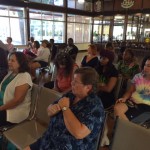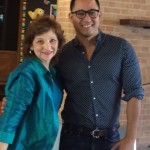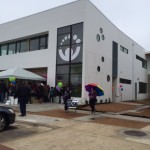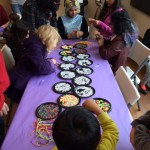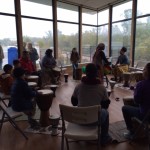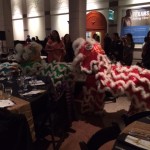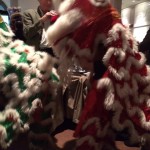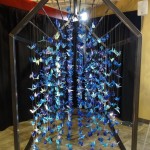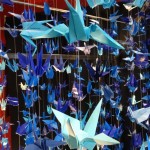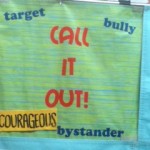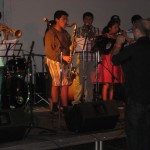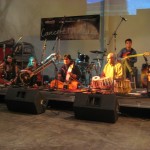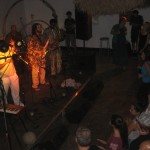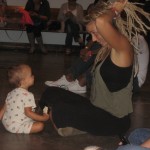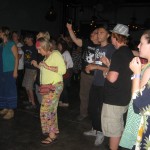Recently we completed the first five years of our philanthropic effort, called Shanti Foundation. This is a good time to reflect on what we have learned and what we have been able to do.
Starting a Foundation is a bit like beginning to write a novel: there is the stack of paper, the idea, maybe part of the plot, but it is all a bit vague. Just as a novel often takes the writer where he or she had not planned to go with the story, so the Foundation also developed a life of its own. We knew we wanted to support and help generate intercultural understanding, but where were the actual projects? We stumbled on the Amala Foundation, itself still in its formative stage, and things developed from there. After meeting other funders through the local Community Foundation and being exposed to nonprofits and their programs in Austin we found more organizations worthy of our support, such as iACT and Creative Action. Through internet research some international organizations came to our attention, especially after we had our own website and found organizations with similar names and goals. While we appreciated all the work that was done for local immigrant victims of domestic abuse, we felt the missing piece in this effort would be an educational program for perpetrators. We offered seed money to get such aprogram started.
Of course, with all the major disasters around the world from floods to earthquakes to refugee crises we could not stand idly by, but offered our small contribution to those relief efforts. Where peace, intercultural understanding and art could intersect we made baby steps of support. Since we will never have enough money to see any problem to its optimal solution, we have learned that our role and impact lies in offering seed money to worthwhile projects with the hope that they will germinate and flourish in able hands. The Amala Foundation has grown and blossomed beyond any expectation and now helps thousands of youths to become peaceful leaders.
When we add our small contribution to major initiatives already in place in international organizations we do so in the knowledge that proven leaders have found a way to a solution and we help add a few more bricks to that road.

